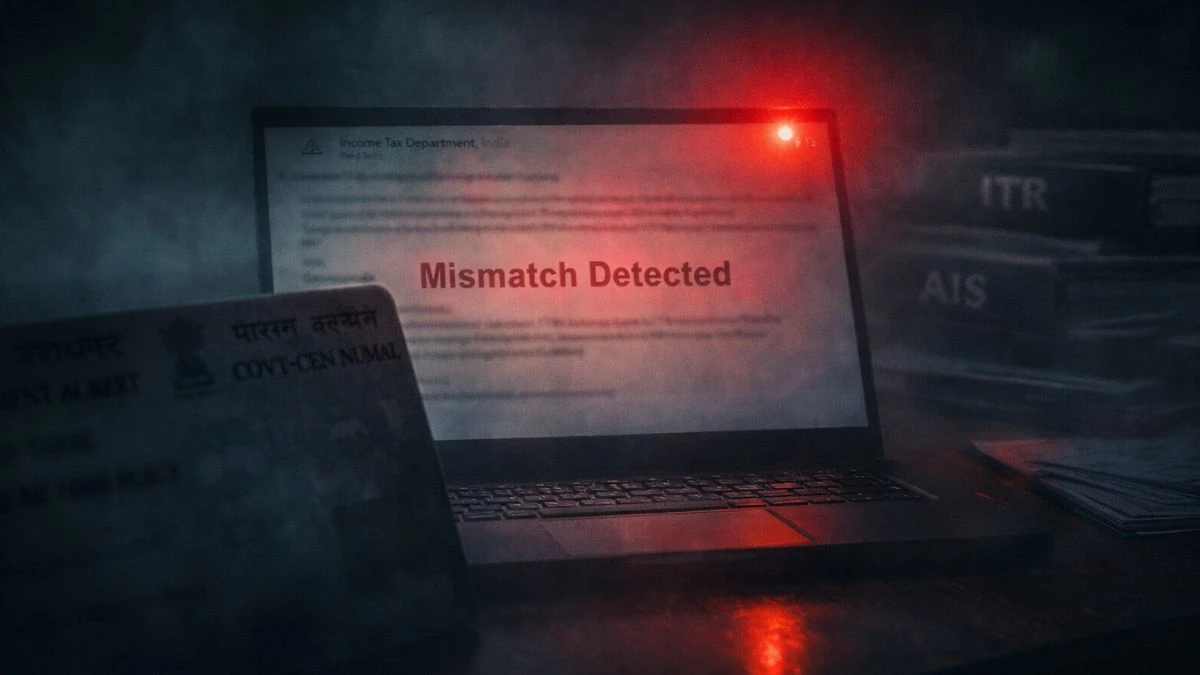
What Is the Tax Audit Limit for Financial Year 2024–25?
Complete Guide for Businesses and Professionals
As the ITR filing season approaches for FY 2024–25 (AY 2025–26), one of the most important compliance checks for businesses and professionals is whether they fall under the tax audit requirement.
So, what is the tax audit limit for FY 2024–25? Does it vary for professionals and businesses? And what if you're opting for presumptive taxation?
Here’s a complete breakdown to help you stay compliant and avoid penalties under Section 44AB of the Income Tax Act.
🧾 What Is a Tax Audit?
A tax audit is an examination and verification of your books of accounts by a Chartered Accountant (CA), as per Section 44AB of the Income Tax Act.
It ensures that:
• Your income and expenses are properly reported
• You’re compliant with income tax provisions
• All required deductions and turnovers are correctly calculated
📌 Tax Audit Limits for FY 2024–25 (AY 2025–26)
1. For Businesses (Section 44AB)
| Category | Tax Audit Required If Turnover Exceeds |
| Businesses not opting for the presumptive scheme | ₹1 crore (standard limit) |
| Businesses opting for digital transactions (95 %+ receipts and payments through non-cash modes) | ₹10 crore |
✅ So, if you're a business with 95 %+ digital transactions, the audit threshold is raised to ₹10 crore.
2. For Professionals (Section 44AB)
| Category | Tax Audit Limit |
| Profession (CA, Doctor, Architect, etc.) | ₹50 lakh |
If gross receipts from your profession exceed ₹50 lakh in FY 2024–25, a tax audit is mandatory.
3. Presumptive Taxation Cases (Section 44AD/44ADA)
If you’ve opted for presumptive taxation under:
• Section 44AD (for small businesses)
• Section 44ADA (for professionals)
📌 Tax audit is NOT required if:
• You declare income as per presumptive rates (8% or 6%)
• Your turnover is within ₹2 crore (for business) or ₹50 lakh (for professionals)
However, tax audit becomes mandatory if:
• You opt out of presumptive after opting in
• You declare income lower than the presumptive rate, and total income exceeds the basic exemption limit
🔍 Real-Life Scenarios
| Case:1 | A trader has ₹1.5 crore turnover and 96% of transactions are digital → No audit needed (Limit = ₹10 crore) |
| Case:2 | A doctor has ₹55 lakh in professional receipts → Audit required (Limit = ₹50 lakh) |
| Case:3 | A freelancer under 44ADA declares profit at 30% and receipts are ₹42 lakh → No audit needed |
| Case:4 |
A small business opts out of 44AD and declares profit below 8% with income > ₹2.5 lakh → Audit required |
📅 Due Date for Tax Audit for FY 2024–25
• 30th September 2024 → Last date to submit Tax Audit Report (Form 3CA/3CB & 3CD)
• 31st October 2024 → Due date to file ITR for the audited case
Final Words
The tax audit limit for FY 2024–25 varies based on the nature of your income and mode of transactions.
Understanding the correct threshold helps avoid late filing penalties under Section 271B, which can be up to ₹1.5 lakh.











